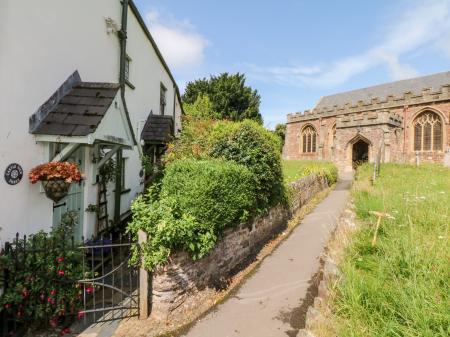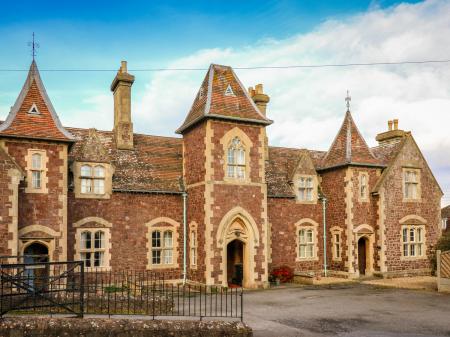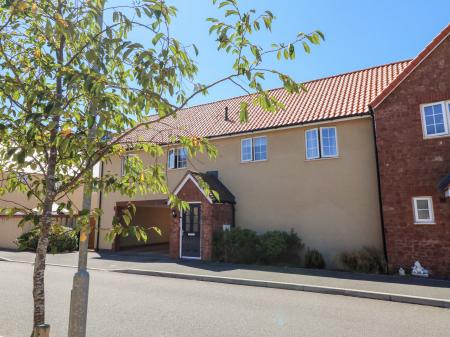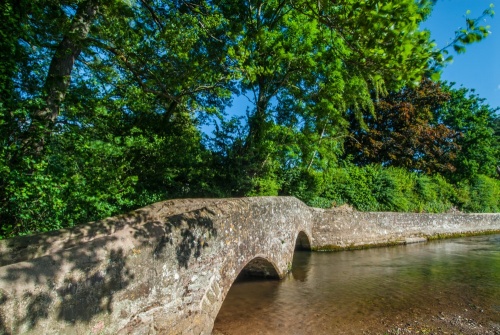
The bridge formed part of the main transportation route to the wool market in Dunster from the south. During the medieval period, Dunster was both a busy market place and a port for exporting wool. Fleeces from Exmoor were brought over the bridge to the market at Dunster, and from there they were shipped overseas from the harbour.
What Does Gallox Mean?
The bridge's name originally meant 'gallows bridge', for a public place of execution that stood on a hill just outside Dunster village. The gallows were an important local feature, and the lords of Dunster Castle had the legal right to try and execute any thief captured within their lands. The name 'Gallox' is a fairly late iteration of terms referring to the gallows. In the 14th century, a document refers to Doddebridge, but by the 16th century this had transformed into Gallocksbridge, Gallocks Bridge, or its present form, Gallox Bridge. All the varying forms derive from the same reference to a gallows.
The bridge is built in an attractive semi-circle, curving for 13.5 metres, with two low arches supporting the span. Each of the arches is slightly pointed and is built with a double arch ring (two rows of upright bricks arranged around the curve of the arch). The bridge leads to a raised causeway which avoids a ford across the river. There is a central cutwater on the upstream (west) side.
The central roadway passage is roughly 1.2m wide while the entire structure is 1.9m in width. The bridge is still used as a public footbridge and the parapet continues along the pathway on the village side of the bridge in order to protect the footpath against flooding.

The Gallox Bridge is a surviving example of a simple type of packhorse bridge common in the West Country from the medieval period. Few of this type of bridge remain, however; a survey in the 1930s revealed only 150 multi-span medieval bridges remaining in England outside of Devon and Cornwall. That figure is doubtless much less today.
No details are known about exactly when it was built or by whom.
Visiting
Reaching the bridge is easy. It can be found at the bottom of Park Lane and is well signposted from around the village. It can also be reached from within the Dunster Castle grounds by taking the riverside walk to the Dunster Working Watermill and continuing on past the mill and bearing left onto Park Lane. The bridge is an open site and is accessible at any time.
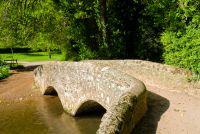





 We've 'tagged' this attraction information to help you find related historic attractions and learn more about major time periods mentioned.
We've 'tagged' this attraction information to help you find related historic attractions and learn more about major time periods mentioned.